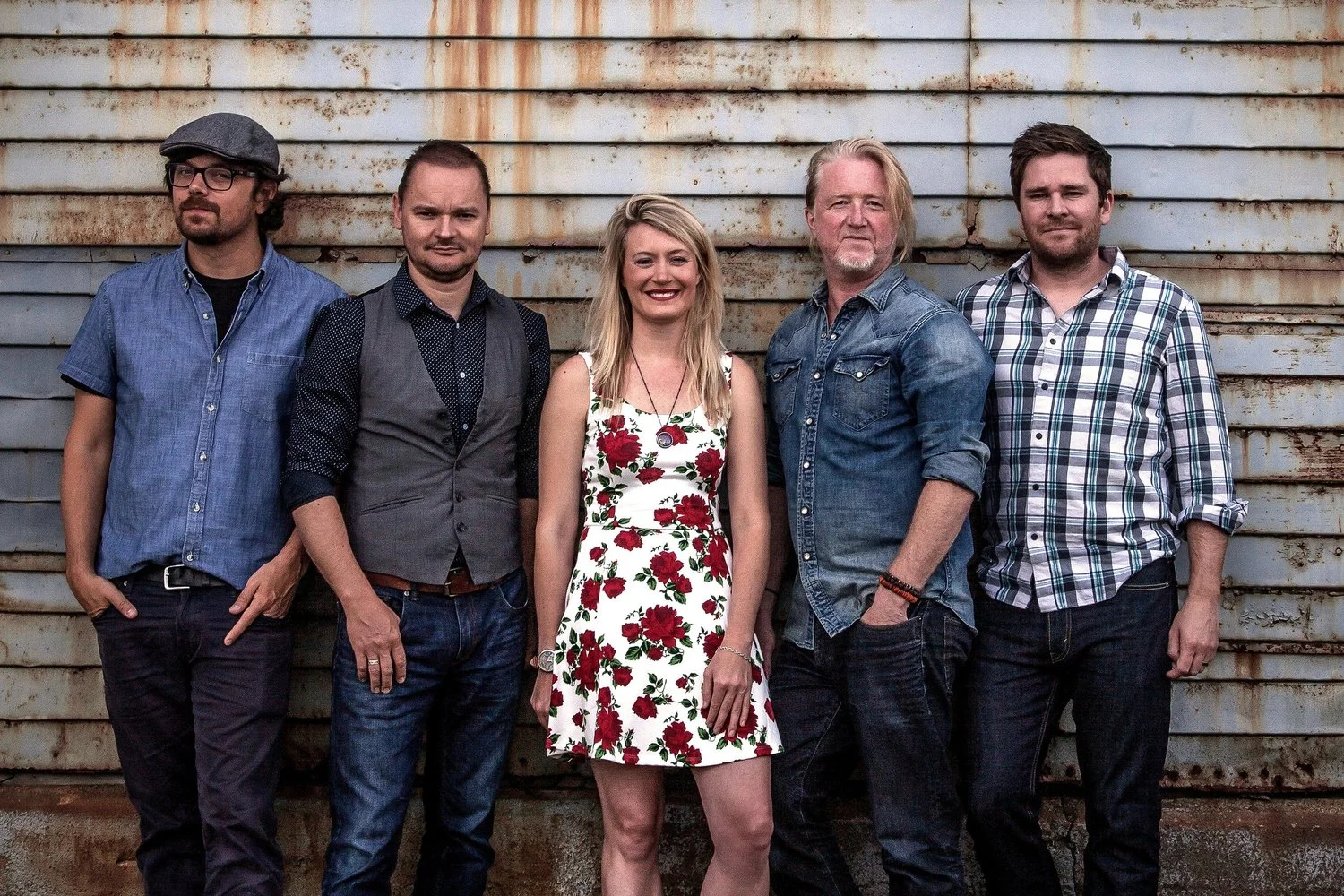Getting a building project started the right way
Many of us work inside an office building, but we don’t know how to make that office building work for us. It may be too small, too large, too dark, too inefficient in its energy usage, or offer too few amenities.
Architect Von Petersen
It could be time to move, to remodel, to build. But how do you, the owner, decide which step is right for your business, store, or office?
Many projects start with questions like those, according to Von Petersen, an architect and office leader with TSP, Inc. in Rochester. Petersen and his coworkers are there to answer those questions and pose others, using the answers they elicit to help a group establish the perfect location.
Petersen and the architectural graduates and interior designers in the architectural, engineering, and planning firm’s office help clients get to the heart of how they want their environments to function. Clients may walk into TSP with preconceived ideas. Professional assistance, however, can help them learn exactly what changes to make.
Petersen and his fellow professionals help clients get to the heart of how they want their work environments to function. Whether clients realize it or not, generally they need more than an extra room or an updated interior to function best. That’s when they come to architects and interior designers.
Each design project presents an opportunity to discover what works, what doesn’t, and why the existing spaces function as they do. Talking about the layout and appearance of a new or renovated space generally comes later in the process, a fact that often surprises clients.
“Many clients call and say, ‘I just need a set of blueprints. How much will that cost?’ “ Petersen said. “I tell them, ‘Let’s back up about 10 steps.’ It can be really helpful to stop and think about goals on the client’s highest level — the big ideas — before getting into specifics.”
Interior Designer Loretta Haugen
Skipping the earliest steps can be costly. Giving the architects and interior designers a chance to know a business often becomes “the most valuable hour you can spend on a project,” said Loretta Haugen, an interior designer with TSP for almost 20 years.
“We sit down and have a conversation to determine what they need to come out of this project today and what their needs will be in the future,” Haugen said. “There’s real value in having a dialogue with someone who can help plan and program the kind of space that can solve those problems. Clients may learn what they think they need actually can be resolved in a totally different manner.”
Sometimes it can be as simple as using low-tech paper cutouts that represent the current office space’s square footage. Moving the paper shapes around the office-space mock-up can help a team visualize what should be grouped together and how to control access to more sensitive rooms and equipment.
Using simple tools like paper cutouts to represent spaces can help with space programming.
TSP has been in Rochester for 50 years. Its professionals in five offices across three states work together on regional projects such as First Dakota National Bank. The bank’s branch president, Farron Pratt, learned first-hand how much goes into the early stages. Bank officials wanted a destination center that would include a coffee shop and other tenants but were unsure if the site they had in mind would be adequate.
Related: Five decades later, TSP continues to make its mark on Rochester
“Before we even got into how spaces inside the building might work or be arranged, we needed to go through multiple renditions to look at parking, traffic flow, and entrances,” Pratt said. “We actually determined that we had to add another parcel to do what we wanted and make it a complete project.”
To help bank officials visualize the size, each parcel’s map was overlaid with an outline of the building’s footprint. That helped the banking team see how each configuration could be optimized. Bank officials also toured recently opened financial institutions with a TSP project manager whose background is in engineering and constructing services.
“TSP really quizzed us on what we were looking for, what we wanted in our building, and why we thought those things would work here,” Pratt said. “A lot of people come in now and say, ‘Wow! This feels like something you’d find in Minneapolis or Chicago.’”
First Dakota National Bank, Vermillion, South Dakota Branch
TSP has helped many nonprofits over the years. The TSP team knows that agencies that rely on fundraising efforts must be particularly able to explains the reasons behind every decision that is made and how it is being a good steward of resources. Nonprofit officials quickly learn to rely on TSP’s advice when making decisions that would affect budgets. In addition, TSP’s experience in the design-build process helps agencies determine what to release to bidders, answers contractors’ questions, and frees up the client to compare “apples to apples.”
TSP also has extensive experience with healthcare facilities, schools, and government offices. Requirements may differ, but the basic goal remains the same, Petersen said.
“We’re here to help the client,” he said. “We know they hold the key to a design solution. Our job is to help them pose the right questions and unlock the answers.”
Story published in partnership with:







